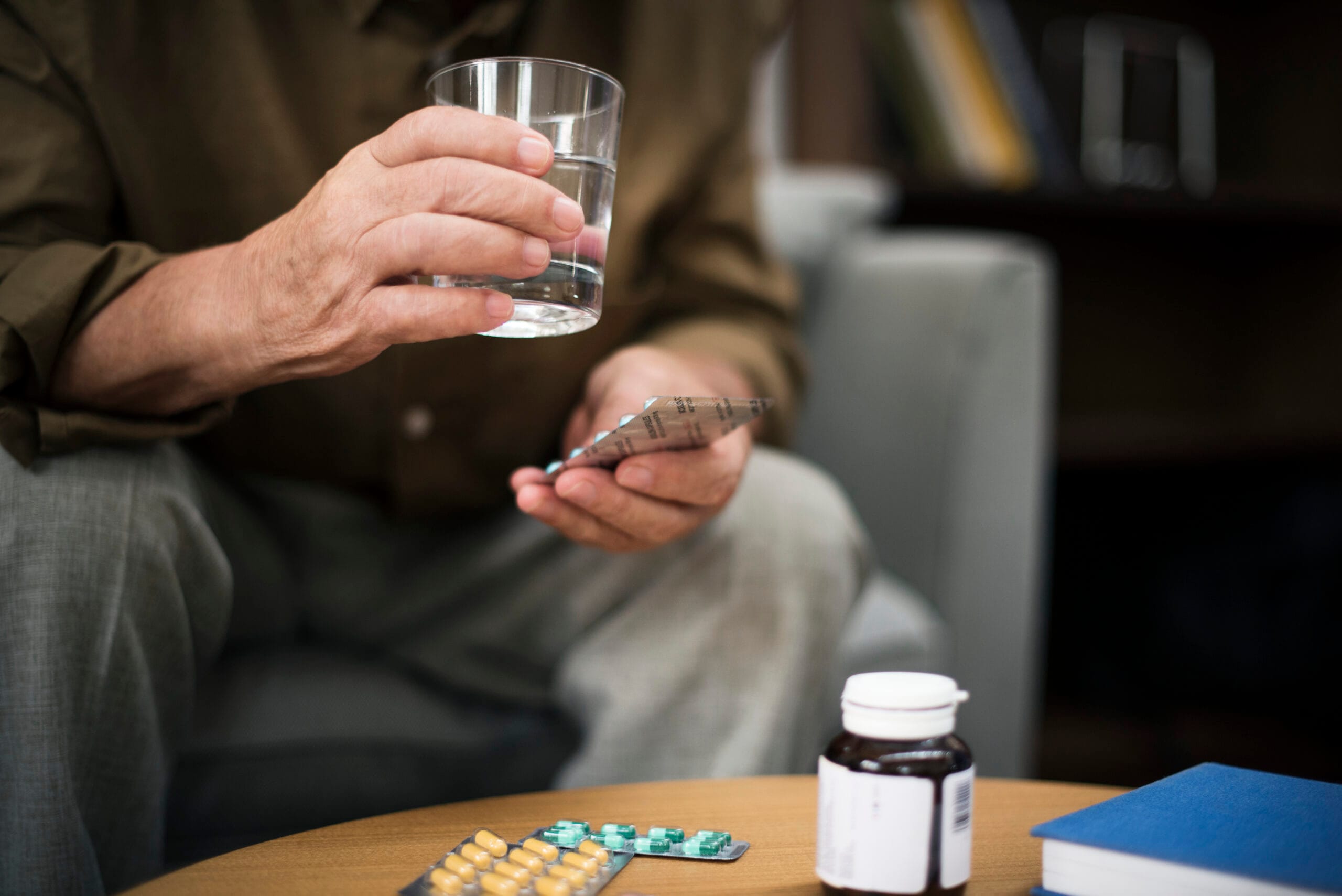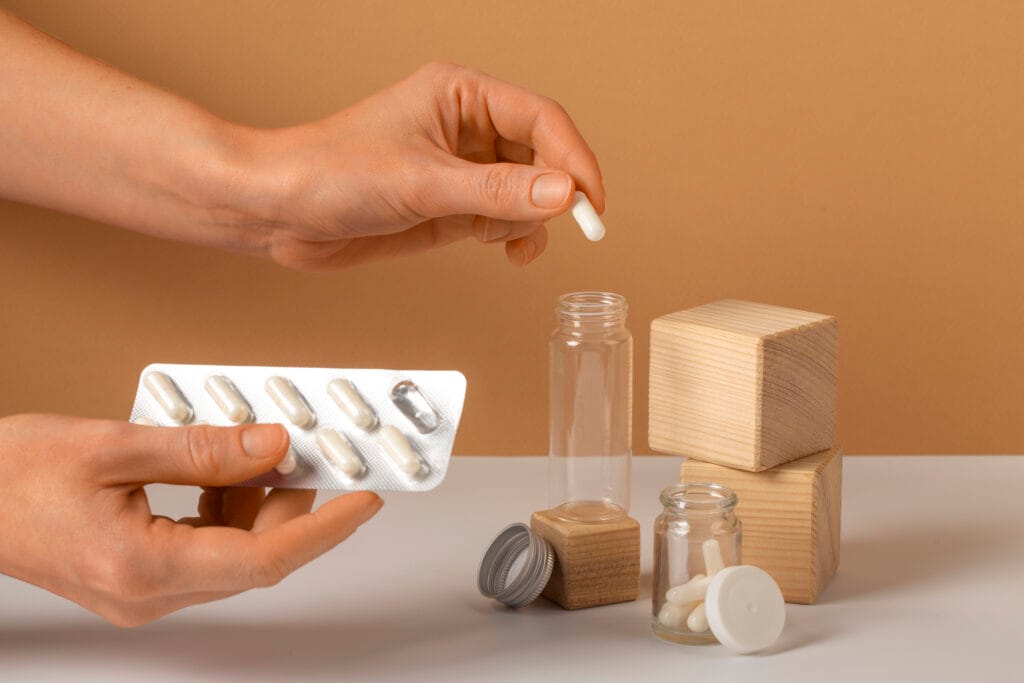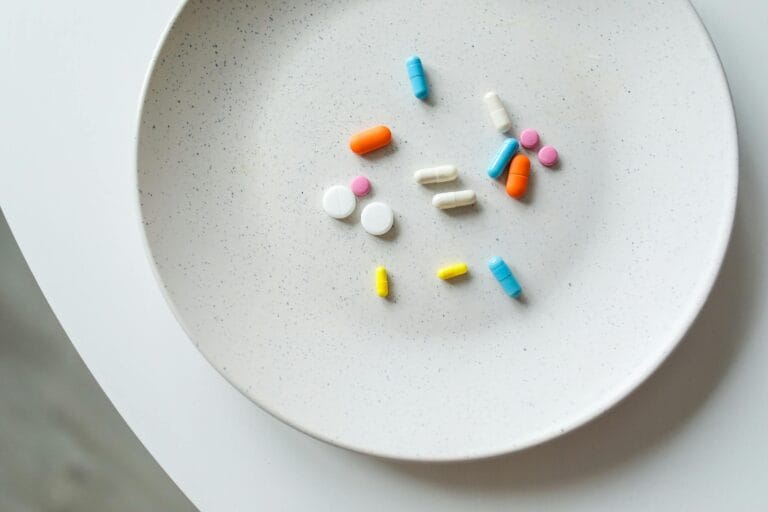
Why Do Drugs Have Different Expiration Dates and Beyond Use Date?

All medicines and cosmetics are required to have an expiration date as a regulatory requirement and consumer protection measure to ensure the safety, quality, and effectiveness of the product throughout its use. However, besides the expiration date, some medicines also have a beyond-use date (BUD). So, what does the beyond-use date mean, and how is it different from the expiration date? To find out the answers, let’s explore the explanation in the following article.
- The Difference Between Expiration Dates and Beyond Use Date (BUD) on Drug Products
- Why Are Best-by-Use Dates Important?
The Difference Between Expiration Dates and Beyond Use Date (BUD) on Drug Products
1. Expiration Dates
The expiration date is the date printed on the product container label indicating that the product meets the specified quality standards if stored under appropriate conditions. After this date, the product should no longer be used. The expiration date printed on a product is determined by the drug manufacturer based on stability testing conducted during the product development process under specific storage conditions. The expiration date applies to drug products that have not been opened from their primary packaging and have not been compounded in a pharmacy or pharmaceutical laboratory.
2. Beyond Use Date (BUD)
On the other hand, the beyond-use date (BUD) refers to the time period during which the product remains stable, calculated from the moment the primary container is first opened. Meanwhile, the beyond-use date (BUD) applies to drug products that have been opened from their original packaging, compounded, or transferred from their original container. Generally, a drug’s BUD is shorter than its expiration date and can be determined through drug stability testing or based on general guidelines outlined in the United States Pharmacopeia (USP).
Why Are Beyond Use Dates Important?

It is important to pay attention to the BUD in addition to the expiration date because compounded products or drugs that have been opened from their primary packaging no longer guarantee the same stability and sterility as when the product was sealed. This is due to the potential exposure to air, humidity, light, and temperature, which can accelerate the degradation of active ingredients, as well as the risk of contamination and microbial growth when opening or compounding the medication.
If the BUD is not indicated on the product packaging, patients can inquire directly with a pharmacist, as BUDs can vary depending on the type of formulation and contamination risk. By understanding the difference between expiration dates and beyond-use dates, both from the manufacturer and after compounding or opening, the safety, effectiveness, and quality of the medications used can be ensured. Moreover, it is essential to maintain ongoing education and good communication among patients, pharmacists, and healthcare professionals as key factors in the safe and rational use of medications.
Ensure your drug products have accurate expiration dates and usage limits through laboratory stability tests. Conduct drug product stability tests with IML Research to ensure quality, safety, and effectiveness are maintained until the end of their shelf life. With proper testing, you can guarantee product quality while meeting applicable regulatory requirements.
References:
Ohler, J., Miller, C., & Sheridan, D. (2019). How do expiration and beyond-use dates compare? In Nursing (Vol. 49, Issue 3). https://doi.org/10.1097/01.NURSE.0000553290.72084.04.
United States Pharmacopeia. (2022). USP <795>: Pharmaceutical Compounding – Nonsterile Preparations. The United States Pharmacopeial Convention. https://www.uspnf.com.
United States Pharmacopeia. (2022). USP <797>: Pharmaceutical Compounding – Sterile Preparations. The United States Pharmacopeial Convention. https://www.uspnf.com.
Isnenia, I., & Julaiha, S. (2024). Mother’s knowledge of expiration dates, beyond-use date (BUD), and storage conditions for compounding and non-compounding drugs. Jurnal Kefarmasian Indonesia, 14(1), 1–10. https://doi.org/10.22435/jki.v14i1.6634.



